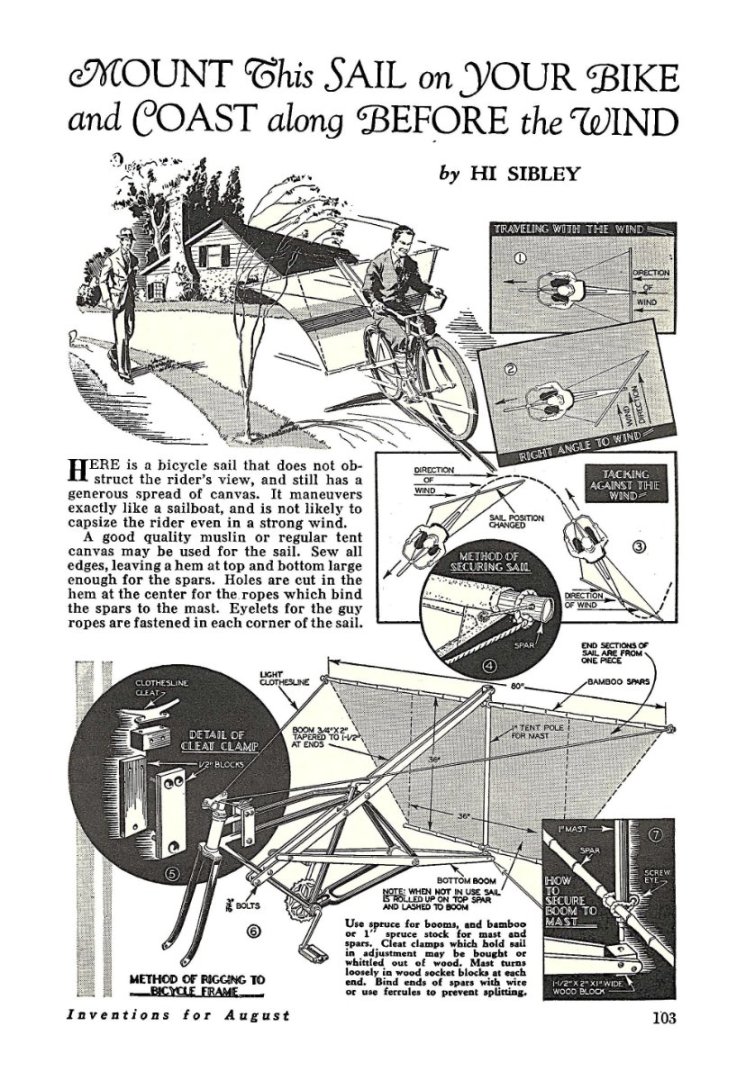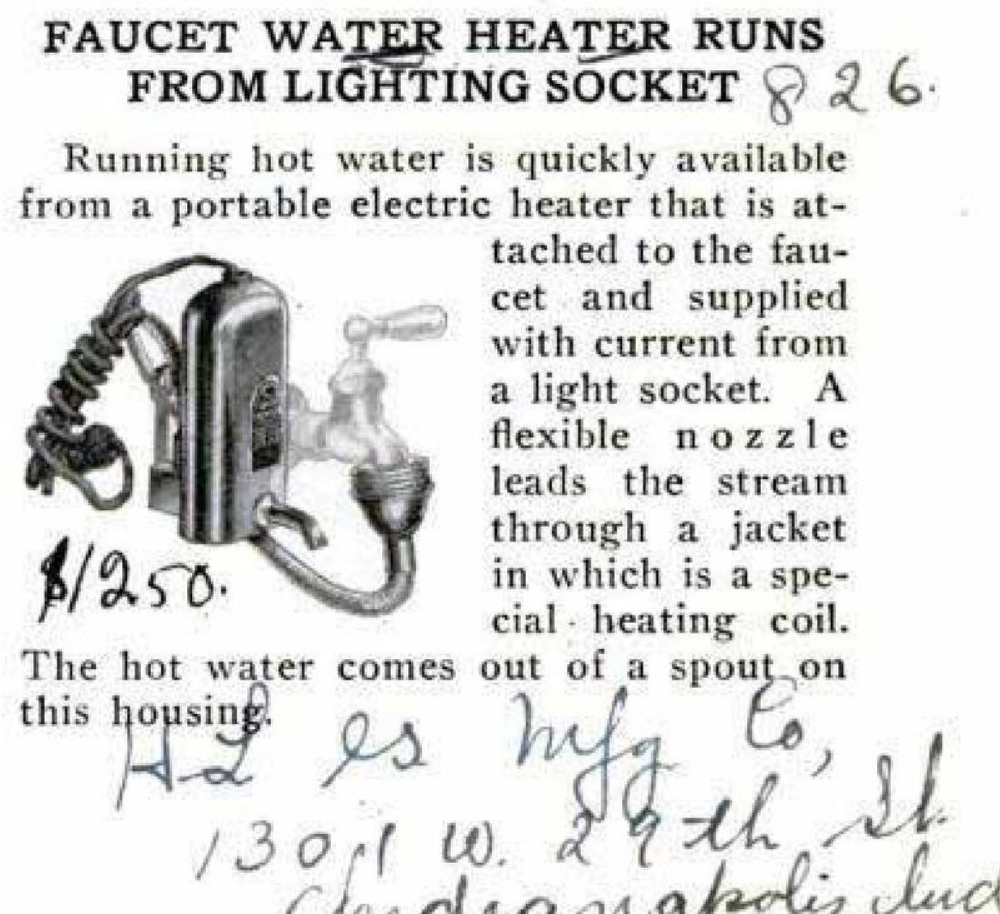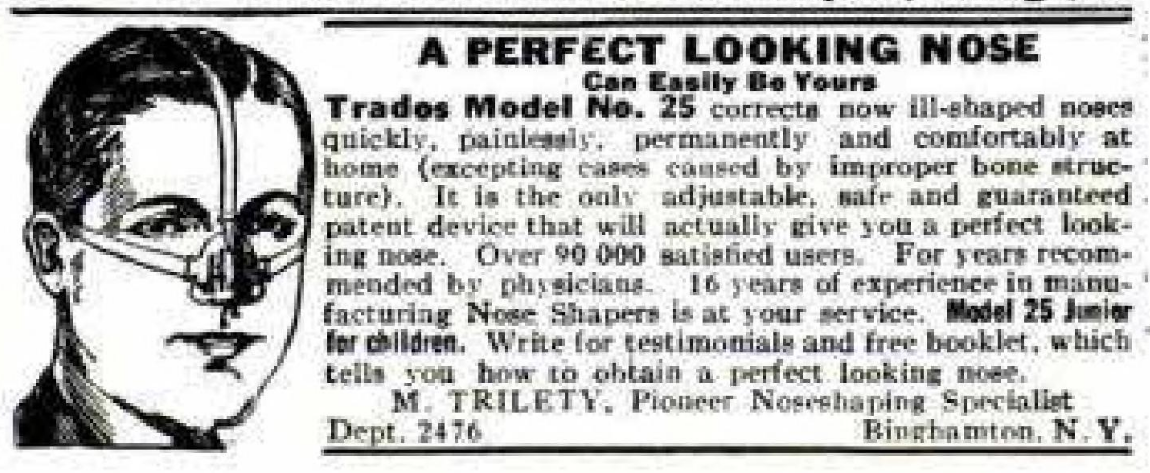-
Posts
3,030 -
Joined
-
Last visited
Content Type
Profiles
Forums
Gallery
Events
Everything posted by bruce d
-
Not more light, I'm sorry to say, but another variable to ponder. Surely the location of the weapon was a factor? Perhaps the absolutely identical rule of rigging was applied to a weapon whether it was in use as a bow chaser, on the gun deck or wheeled into the great cabin poste haste, or is it more likely the gun captain had discretion to do what suited his immediate needs best? Since I do not claim to know the implications of having two single blocks on a gun instead of a single and a double there may be an answer obvious to someone who is deeper into the subject. However, single and double blocks are different tools and imply a different requitement. Just saying. I await flack.
-

A little ripper from Veretas
bruce d replied to PeteB's topic in Modeling tools and Workshop Equipment
Treat Druxey's advice as a rule. It really does make a difference. I got the same plane a month ago and and am still smiling. -
All roads so far lead back to the standardised sizes you have posted, plus other equally exacting tables from different countries, but go no further in terms of visual id or numbers of staves (although numbers of hoops are sometimes dictated). It is a petty pursuit but I would like to be able to have period-approprite casks/barrels in something I am planning.
-
Professionalism and the Fighting Spirit of the Royal Navy Rules, Regulations, and Traditions that made the British Royal Navy an Effective Fighting Force during the French Revolutionary and Napoleonic Wars, 1793-1815 by Nicholas James Kaizer BA thesis, Arcadia University. 2015 Professionalism_and_the_Fighting_Spirit.pdf
-
Thanks Wayne, every little bit helps. By co-incidence yesterday I found the flat statement that 'all barrels have 33 staves' from an otherwise credible source. Considering the number of uses for barrels, casks, kegs etc I expect the Admiralty had rules but what about the rest of the county? I will be contacting the Coopers Guild in the new year, will hopefully have something to report.
-
Thank you., that is helpful. I have been casually trying to find out the rules for making barrels etc. during the Napoleonic era and so far have failed. The simplest question is ... how many staves for each size barrel/cask? Were there rules or only suggestions? Did different uses, such as wine or grain, have specified numbers of staves or any other distinguishing feature like those of the powder casks?
-
Bob, Welcome To MSW! This is a great place for advice, so here is some: don't get one of the cheapies from Ebay, you will hate it. Most of the little 'cute' kits from China are pirated anyway with crap materials. Get something designed for a beginner, the type suitable for a kitchen-table builder, and enjoy it. You will get good materials, good advice from MSW, and the odds are with you. I will defer to the Aussie members to name kits that are easily available down under but whatever you choose, please keep us involved.
-
From WORK magazine, January 1891: a bandsaw with a swiveling bed/table to make compound curves. I think I would keep all my favorite fingers away from this beast. Here is the whole magazine which has three pages of description and theory behind the machine. work_magazine_094_1891 COMPOUND BANDSAW.pdf Be careful.
About us
Modelshipworld - Advancing Ship Modeling through Research
SSL Secured
Your security is important for us so this Website is SSL-Secured
NRG Mailing Address
Nautical Research Guild
237 South Lincoln Street
Westmont IL, 60559-1917
Model Ship World ® and the MSW logo are Registered Trademarks, and belong to the Nautical Research Guild (United States Patent and Trademark Office: No. 6,929,264 & No. 6,929,274, registered Dec. 20, 2022)
Helpful Links
About the NRG
If you enjoy building ship models that are historically accurate as well as beautiful, then The Nautical Research Guild (NRG) is just right for you.
The Guild is a non-profit educational organization whose mission is to “Advance Ship Modeling Through Research”. We provide support to our members in their efforts to raise the quality of their model ships.
The Nautical Research Guild has published our world-renowned quarterly magazine, The Nautical Research Journal, since 1955. The pages of the Journal are full of articles by accomplished ship modelers who show you how they create those exquisite details on their models, and by maritime historians who show you the correct details to build. The Journal is available in both print and digital editions. Go to the NRG web site (www.thenrg.org) to download a complimentary digital copy of the Journal. The NRG also publishes plan sets, books and compilations of back issues of the Journal and the former Ships in Scale and Model Ship Builder magazines.










